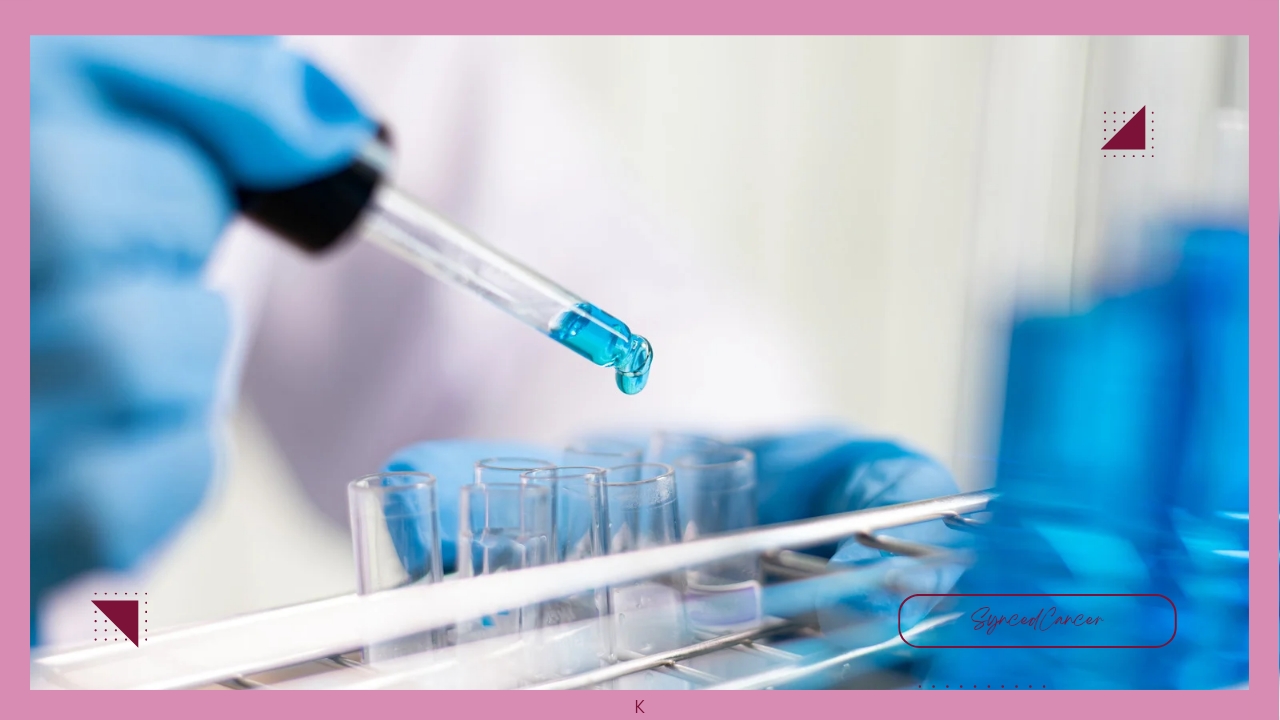Over the years, there have been notable improvements in the diagnosis and treatment of breast cancer, one of the most common malignancies in the world. Despite these developments, controlling the serious side effects of breast cancer treatments remains a challenge. In addition to lowering patients’ quality of life, these adverse effects—which can range from nausea and fatigue to potentially fatal complications—can also have an impact on treatment compliance and results. A promising approach to tackling this issue is pharmacogenomics, the study of how a person’s genetic composition affects how they react to medications. Pharmacogenomics seeks to customize therapies to each patient’s unique genetic profile by enabling customized therapy, maximizing effectiveness while reducing side effects.
Understanding Pharmacogenomics
To comprehend how genetic variants affect drug metabolism, efficacy, and safety, pharmacogenomics integrates the fields of pharmacology (the study of drugs). with genomics (the study of genes and their roles). The way a patient’s body reacts to various drugs can be affected by variations in particular genes. Certain genetic variations, for instance, may result in slower drug digestion, which raises the possibility of side effects and causes pharmaceuticals to build up in the body. On the other hand, a fast metabolism could make a medication less effective.
Pharmacogenomics is the study of genetic markers that predict a patient’s reaction to hormone therapies, chemotherapy, and targeted treatments in the context of breast cancer. To get the best results for every patient, this helps doctors to choose the best treatment plans, modify dosages, or look into alternative therapies.

Pharmacogenomics' Function in the Treatment of Breast Cancer
1. Better Selection of Drugs
The ability of pharmacogenomics to inform drug selection is among its most important contributions. Clinicians can determine which treatments are most likely to work for a given patient by discovering genetic markers linked to drug response.
For example, the enzyme CYP2D6 must be activated for tamoxifen, a typical hormonal treatment for estrogen receptor-positive (ER+) breast cancer, to work. Tamoxifen metabolism can be poor or intermediate due to genetic variations in the CYP2D6 gene, which can result in less than ideal therapy outcomes. Patients with these variations can be found via pharmacogenomic testing, which enables doctors to think about alternate treatments like aromatase inhibitors for better outcomes.
2. Improving Medication Dosage
The connection between medication metabolism and genetic differences extends to dose determination. While underdosing can decrease efficacy, overdosing can increase toxicity. For instance, many cancer medications are metabolized by the enzyme CYP3A4, and genetic changes in the CYP3A4 gene can affect how the drug acts in the body. By checking for these differences, doctors can modify dosages to strike a balance between safety and effectiveness.
3. Mitigating Side Effects and Toxicity
Many chemotherapy drugs, including doxorubicin and fluorouracil, have serious side effects. Predisposition to these negative consequences can be predicted by genetic markers. For example, significant fluorouracil toxicity is associated with mutations in the DPYD gene, which codes for the enzyme dihydropyrimidine dehydrogenase. Individuals with specific DPYD variations have impaired medication metabolism, which could lead to life-threatening side effects. Pharmacogenomic testing enables early identification of these patients, allowing for dose adjustments or alternative treatments to be explored.
Similarly, genetic differences in genes like RARG can affect the risk of cardiotoxicity linked to anthracyclines like doxorubicin. Finding these indicators aids oncologists in balancing the advantages and disadvantages of utilizing these medications and in thinking about preventative measures or alternate therapies.
4. Improving the Results of Targeted Therapy
Treatment for HER2-positive breast cancer has been transformed by targeted treatments such as trastuzumab and pertuzumab. But not every patient reacts to these treatments in the same way. A patient’s likelihood of benefiting from these treatments can be determined in part by genetic testing for HER2 amplification and mutations in genes like PIK3CA.
The identification of resistance mechanisms is another use of pharmacogenomics. For instance, resistance to aromatase inhibitors may result from mutations in the ESR1 gene, which may influence the selection of alternative treatments.
Real-World Applications
Clinical settings are already being impacted by pharmacogenomics. The use of genetic testing to ascertain a patient’s HER2 status—which establishes their eligibility for HER2-targeted therapies—is one prominent example. Similar to this, a genomic test called Oncotype DX assesses the activation of specific genes in early-stage breast cancer, assisting in determining the chance of recurrence and directing chemotherapy choices.
Furthermore, complete genomic profiling is becoming increasingly accessible due to developments in next-generation sequencing (NGS) technologies. A more thorough understanding of a patient’s genetic landscape and the ability to develop more individualized treatment strategies are made possible by these tests’ ability to detect numerous genetic variants at once.
Challenges and Prospects
Despite its potential, there are a number of challenges to overcome before pharmacogenomics may be incorporated into standard breast cancer treatment. These consist of:
- Accessibility and Cost: Genetic testing can be costly, and not all patients have insurance or the resources they need.
- Limited Knowledge: A large number of individuals and healthcare professionals are not aware of the potential advantages of pharmacogenomics.
- Implementation Complexity: Specialized knowledge and infrastructure are needed to interpret genetic test results and apply them to clinical decision-making.
- Ethical Concerns: Genetic testing presents questions about permission, privacy, and possible prejudice.
More funding for infrastructure, education, and research is necessary to get over these challenges. Governments, medical institutions, and pharmaceutical corporations working together can help pharmacogenomics become a common practice in the treatment of breast cancer.
Conclusion
In the treatment of breast cancer, pharmacogenomics signifies a revolutionary change from a one-size-fits-all method to a more customized one. This area has the potential to greatly lower treatment-related adverse effects, boost patient outcomes, and improve the general quality of life for patients with breast cancer by utilizing insights into genetic differences. The incorporation of pharmacogenomics into personalized therapy will become more and more important in the battle against breast cancer as studies deepen our understanding of the genetic foundations of medication response.










What do you think?
It is nice to know your opinion. Leave a comment.